Wild Strawberry / Spring / Summer / Edible
A common sight in woodlands, gardens and parks. It’s a native perennial plant that’s really easy to identify.
Common Names
Wild Strawberry, Woodland Strawberry, Alpine strawberry, Carpathian strawberry, European strawberry.
Botanical Name
Fragaria vesca
Scientific Classification
Kingdom – Plantae
Order – Rosales
Family – Rosaceae
Physical Characteristics for Wild Strawberry
Leaves
The leaves are simple with three lobes, the leaves are wrinkled with very neat, straight veins and have toothed edges.
Flowers
The flowers are white and between 5-12 flowers grow on a long, hairy stalk. The flowers have 5 petals and between each petal you can you the leafy sepal.
Fruits
The fruits are green when young but soon develop into rich red berries, that have their seeds on the outside and they look like strawberries! All be it smaller than cultivated varieties.
Habitat
They are most often on damp, shady ground in woodlands or hedgerows.
Known Hazards
Care should be taken as the fruits and leaves can have a negative effect on the skin, gastrointestinal system or respiratory system of a very small number of individuals.
Could be Confused with
It’s a really easy and safe plant for beginners. If they look like miniature Strawberries and you’re in a woodland, you’re probably looking at Wild Strawberries.
Edible Uses
Use as you would store bought strawberries, they’re delicious on their own or use them for jams and sauces. What they lack in size they make up for in flavour.
The leaves can be used to make a really simple tea, just steep a few in boiling water for 5 minutes.
Notes on Herbal Uses
The fruits are high in vitamins B, C and E and they contain salicylic acid which is beneficial in the treatment of liver and kidney complaints, as well as in the treatment of rheumatism and gout.
The plant was used in the past to make creams and lotion to whiten skin and remove freckles.
It was also used as a traditional remedy due to its laxative and diuretic properties. Teas made from the leaves are used to treat digestive upsets and urinary complaints.
A simple remedy for sunburn is to place slices of Strawberry on the skin, it’s cooling and soothing.
Extra notes from the Foragers
The red, fleshy part of the Strawberry plant that we call the ‘fruit’ is actually receptacle tissue, and the ‘seeds’ embedded on the outside of this tissue are the true fruits.
Once very wide spread through the UK, it is now classed as near threatened in the wild in England due to changes in land use and the loss of habitat. However they are popular in garden rockeries – why not get some plants from a reputable source and invite them into your garden?



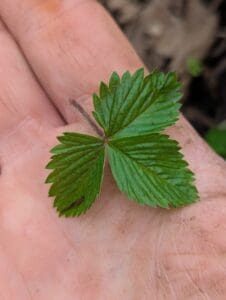
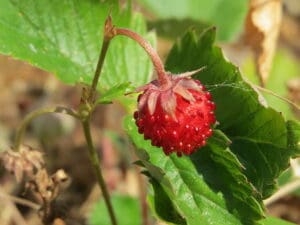
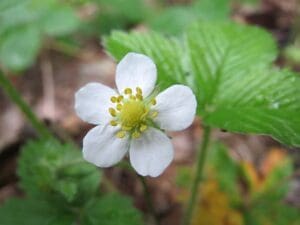
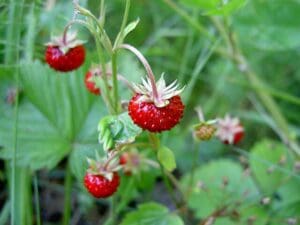
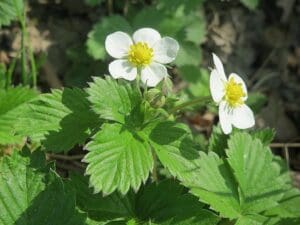
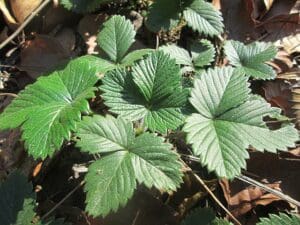
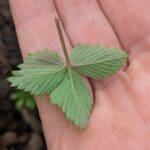
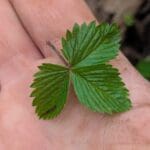
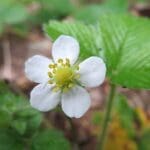
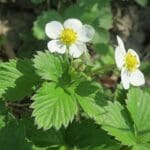
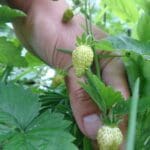
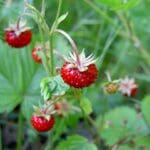
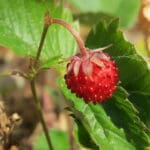



Leave a Reply
You must be logged in to post a comment.